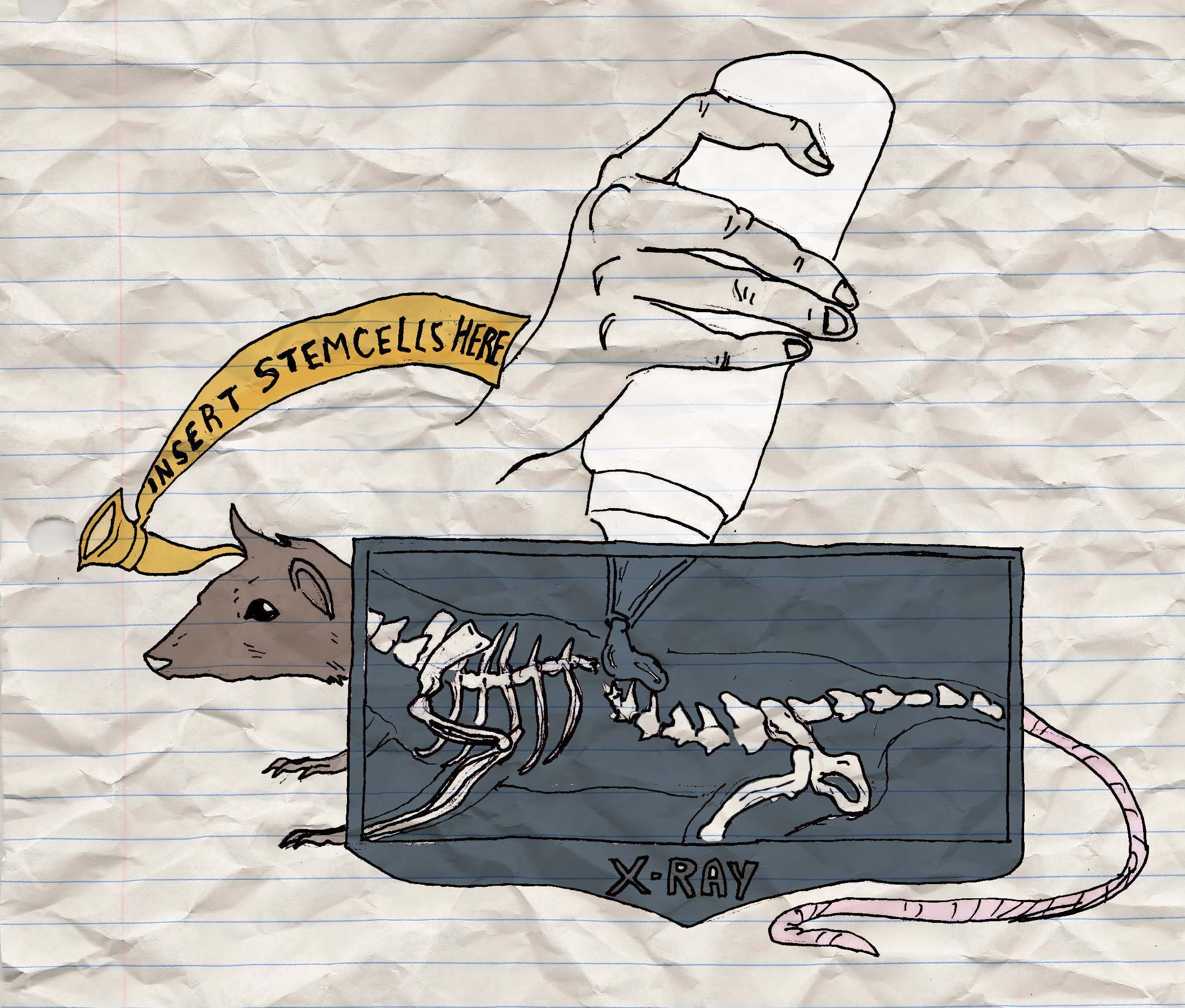Fifty years after “the pill” became available for women, the male birth control pill is approaching its final stages of development.
This new method of birth control is safe and effective, yet still offers the reliability of female oral contraceptives. This will give men another option of birth control in addition to the only two available to them now, condoms and getting a vasectomy. While condoms are not 100 per cent reliable, and a vasectomy is a permanent procedure, it is clear that the options for men are limited. This method, when approved, will provide a reversible birth control, like the female pill, while still offering similar effectiveness.
During the male reproductive cycle, gonadotropin-releasing hormone (GnRH) is released from the hypothalamus which travels through the bloodstream and stimulates the pituitary gland to release follicle-stimulating hormone (FSH) and interstitial cell hormone (ISCH) which then travel to the testes. The ISCH stimulates production of testosterone and FSH with testosterone will trigger the body to produce sperm.
When sperm has been produced, inhibin is released from the testes along with the testosterone. Inhibin will work to inhibit the pituitary gland from releasing more FSH while the testosterone will inhibit the hypothalamus from releasing GnRH bringing us back to the start of the cycle.
A pill which releases extra testosterone in to the blood would essentially shut down sperm production, which is a potential method for birth control. This was discovered by Andrea Coviello and her colleagues, who are testing several male contraceptives at the Population Center for Research in Reproduction at the University of Washington in Seattle.
“It largely depends on how funding continues. The technology is there. We know how it would work,” said Coviello, who is working with Seattle researchers to make it available in a gel, a patch, or a yearly injection, as reported by MSNBC.com.
Larry Setlow, who has participated in three clinical trials, reported no changes in his moods although he told MSNBC he may have put on a little weight.
However, the release of GnRH would also be shut down from testosterone which could cause changes in other body systems. Inhibiting GnRH completely can cause acne, weight gain, prostate gland growth and abnormal liver function. A more promising solution would involve administering a combination of progestogen with testosterone. The progestogen would inhibit the production of sperm but would also deplete the male characteristics like facial hair and muscles as well as sex drive, so testosterone must also be taken in order to retain the masculine characteristics.
Another method developed by Professor Haim Breitbart of Israel’s Bar-Ilan University employs techniques from bioinformatics and microbiology to “jam” the sperm cell’s protein machinery. According to his hypothesis, the sperm cells must replenish their proteins in order to survive in the epididimys for days; by inhibiting this protein synthesis, the cells cannot survive and the majority die before entry. He also reports that the inhibitor of these proteins will stay with the cells through entry into the vagina, increasing the chances of its efficiency. This type of male birth control has been tested on mice and worked!
“So far, we know this works for mice,” said Breitbart.
It was observed that when the mice were treated, they were essentially sterilized for one to three months, based on the dosage dispensed, but they could easily become fertile again later. The mice also didn’t seem to lose their sex drive, if you can believe that.
Studies conducted by the WHO have shown that men from many parts of the globe would be willing to take an oral contraceptive in order to put them in more control; volunteers were not hard to find anywhere. The WHO suspects that men will be very pleased to see a male birth control hit the market.
“An injectible or an implant, similar to Norplant for women, will be the first to be approved. The big studies are now under way,” said Dr. Christina Wang, who is working with Harbor-UCLA Medical Center to run clinical trials, reported MSNBC.
Wang and her colleagues have found that a combination of progestin and androgens would offer a safe, effective and reversible form of birth control for men.
In terms of non-barrier birth control, women have shouldered a majority of the responsibility since the 1960s when “the pill” became available. These new methods of birth control could distribute the responsibility of pregnancy between partners. However, it should be noted that this could reduce the use of condoms, leading to an increase in STD transmission.
The question remains: will men actually take it? Only time will tell.



